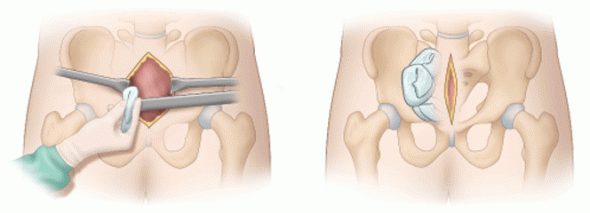Any trauma performance improvement professional understands the importance of undertriage and overtriage. Overtriage occurs when a patient who does not meet trauma activation criteria gets one anyway. And undertriage is the converse, where no activation is called despite criteria being met. As you may expect, the latter is much more dangerous for the patient.
I frequently get questions on the “Cribari Grid” or “Cribari Method” for calculating these numbers. Dr. Chris Cribari was a previous chair of the Verification Review Committee of the ACS Committee on Trauma. He developed a table-format grid that provides a simplified method for calculating these numbers.
But remember, the gold standard for calculating over- and undertriage is examining each admission to see if they actually met any of your trauma activation triage criteria. The Cribari method is designed for those programs that do not or cannot check these on every admission. And since most programs have too many trauma admissions to verify every single one, the grid technique can be very helpful. It is a surrogate for chart review that helps reduce the workload to identify patients with higher ISS that might have benefited from a trauma activation.
If you use the Cribari method, use it as a first pass to identify potential undertriage. In most trauma programs, the raw undertriage number using the grid will be around 10-20%. Obviously, this is unacceptably high. It requires the second pass: manually examining the chart of every patient in the undertriage list to see if they meet any of your activation criteria. If they did not, they would most likely not have been undertriaged. The second pass process usually decreases the undertriage rate by about 10%, usually reducing it below the acceptable threshold of 5%
But now you need to do a third pass. Look at each patient’s injuries and overall condition to ask yourself if they might have been better cared for by your entire trauma team. Even though they don’t meet any of your existing criteria, should they have? If so, you may need to add a new activation criterion. Then, count that patient as undertriage, of course.
I’ve simplified the Cribari Grid calculation process as much as possible and have provided a Microsoft Word document that automates the task. Just download the file, fill in the four highlighted values in the table, update the formulas using the instructions, and voila! You’ve got your numbers! Instructions for manual calculations are also included. Download it by clicking the image below or the link at the end of this post.
In my next post, I’ll examine how the NFTI score (Need For Trauma Intervention) fits into your undertriage calculations.

